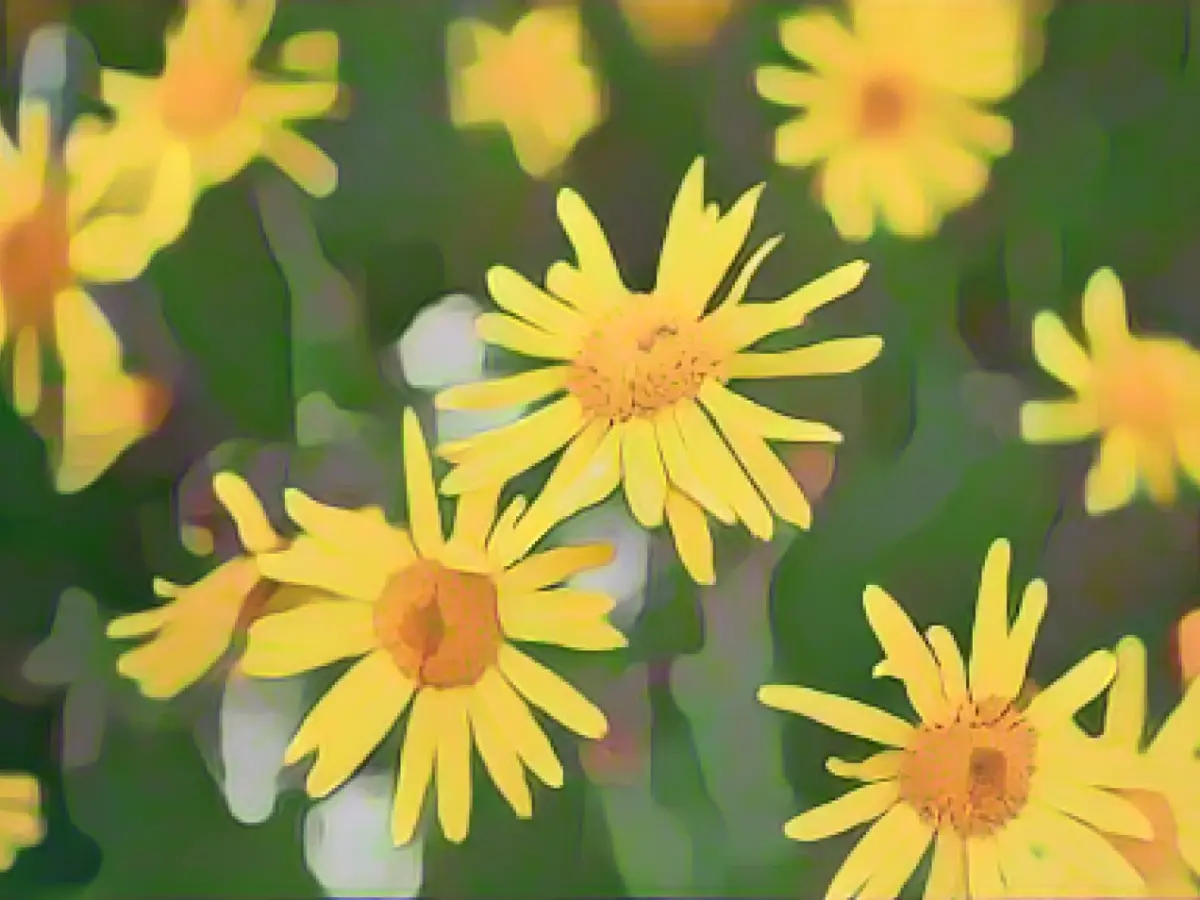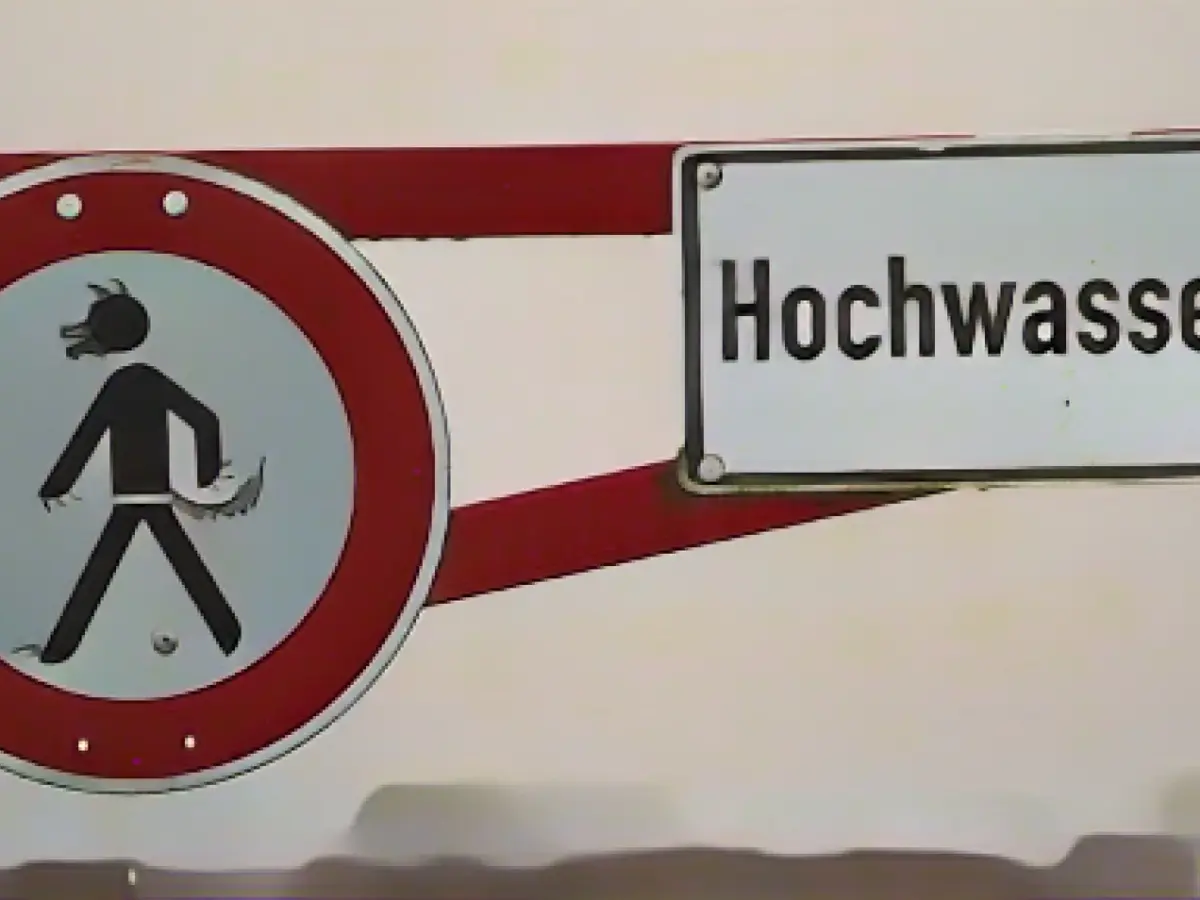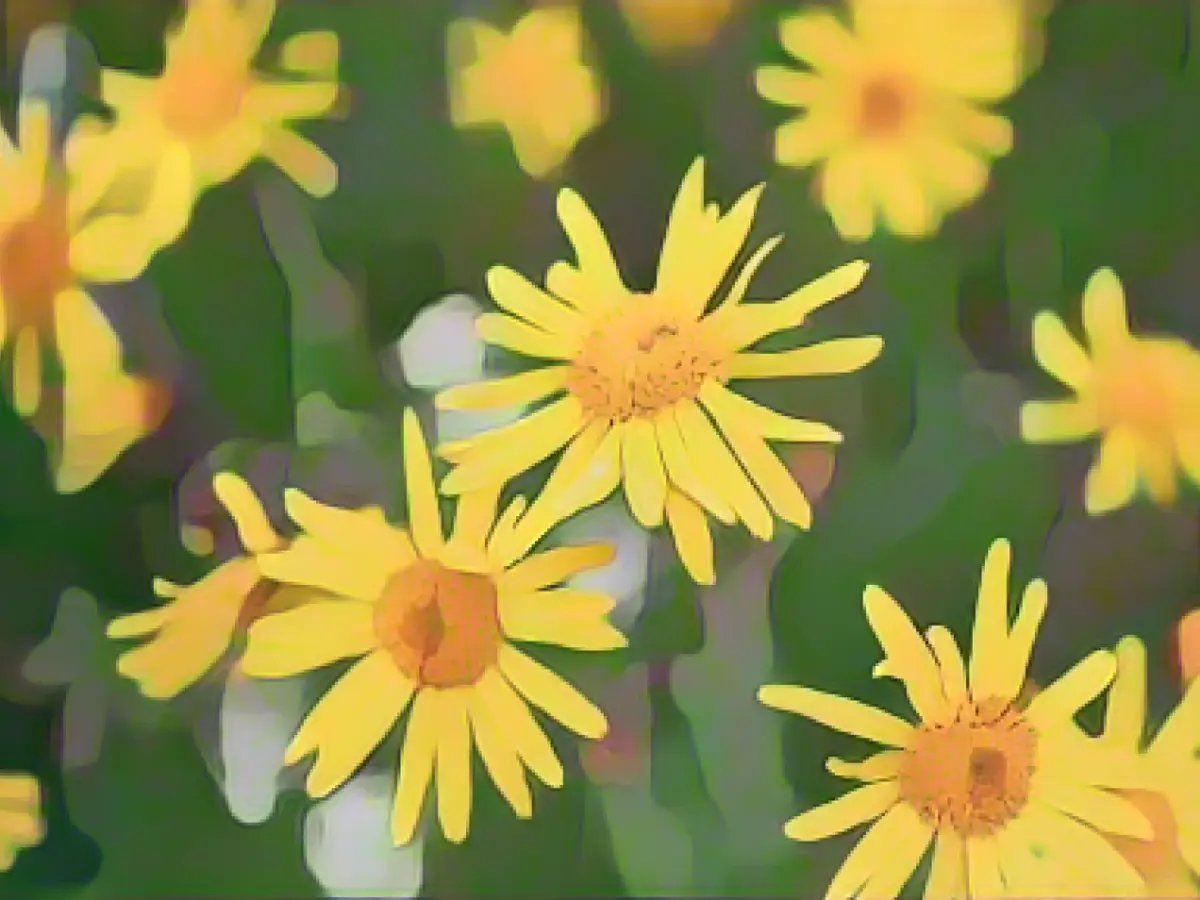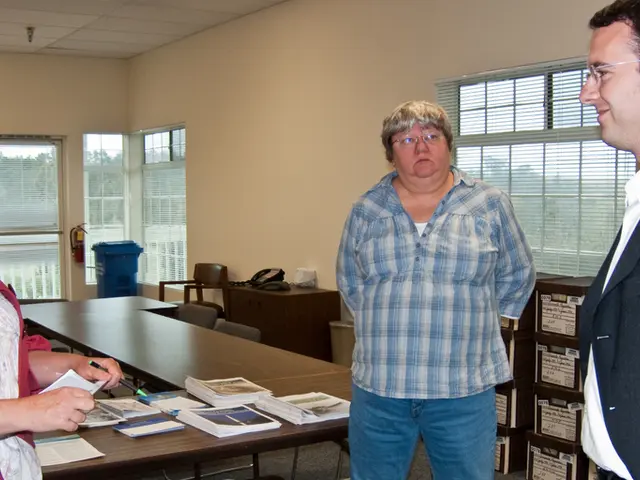When You Check the List: Yet Another Third of Plant Species in Rhineland-Palatinate Under Threat
From Adonis in summer (Adonis aestivalis) to the Palatinate cinquefoil (Potentilla schultzii), a third of plant species in Rhineland-Palatinate are now considered either extinct, endangered, or at risk of vanishing. The updated Red List of vascular plants in Rhineland-Palatinate, overseen by the State Office for the Environment (LfU), includes around 2,000 native species, with only approximately 900 considered endangered. Shockingly, 652 species are classified as extinct, endangered, critically endangered, or face an uncertain future.
Environment Minister Katrin Eder (Greens) warns of the alarming state of many wild plant species. Long-time favorites, once common, have dwindled in numbers, while some habitats have vanished altogether, taking a toll on their respective ecosystems.
The 2,000 remaining plant species are either unassessed, lack sufficient data, are extremely rare with no significant losses predicted, or are on the early warning list. These last-mentioned species are currently unaffected, but their populations are in decline. A prominent example is the yellow marsh marigold (Caltha palustris).
Eder underscores the urgent need for action in response to the looming biodiversity crisis.
—-
As Eder stresses, the new Red List was prepared to provide a workbase for nature conservation. Lisa Tippelt, of Biodiversity and Species Conservation Department at LfU, elaborates that this list is used to plan conservation measures, designate protected areas, and serve as a species inventory. Beyond flowers, the Red List also covers large butterflies, dragonflies, and bird species.
The red list represents a negative trend for endangered species across Germany. Some native arable wild herbs like the herbaceous dwarf lesser burnet (Anagallis minima), the yellow-flowered lesser lamb's lettuce (Arnoseris minima), and field toothwort (Odontites vernus) are on the decline.
The outcome depends heavily on our landscape management approaches. Dennis Hanselmann, a key Red List author, mentions the significance of farming practices to the plant world. Too much mowing, an increased dependence on fertilizers, and intensive agricultural land use all have harmful consequences for wildflowers.
Paradoxically, nutrient-poor soils are teeming with wildflowers. By keeping soil free of nutrients, less competition arises, which allows a wider variety of plant species to flourish.
A Red List with Hope
Despite the gloomy data, hope can be found. Over 20 plant species thought to be extinct have been rediscovered in recent years. Now celebrated as Rhineland-Palatinate's 'Flower of the Year 2024,' by the Loki Schmidt Foundation, the extremely adaptable common carnation (Armeria maritima subsp. elongata) reclaimed its place in the Red List.
The pink-flowered marsh gladiolus (Gladiolus palustris) has also resurfaced in the region, earning protect status under a European nature conservation treaty. This obliges regular monitoring, as explained by LfU's Tippelt.
Rediscoveries often occur spontaneously through the efforts of nature lovers and experts in specially protected areas. Hanselmann attributes some of these rebirths to seeds stored in the soil for decades, until they are reintroduced through human or animal activity.
Many orchid species, such as the goat's tongue orchid (Himantoglossum hircinum), are milking the current conditions for all they're worth. These plants have adapted well, as Hanselmann reports. Equally noteworthy are the 'responsibility species.' These can only be found in Rhineland-Palatinate and require special attention in conservation efforts.
Pointers for Preservation
Rhineland-Palatinate's Red Lists are built on data from expert publications, articles, and species conservation reports. Contributions from local experts and specialists also play a vital role in the creation and update of these lists.
Source:
Some might argue that the biodiversity crisis is a direct result of the following conditions affecting Rhineland-Palatinate:
- Habitat Destruction and Fragmentation
- Climate Change
- Pollution
- Invasive Species
- Soil Degradation
To counteract these threats and ensure plant species survival, consider the following strategies:
- Conserve Habitats: Protect and restore natural habitats to maintain plant diversity.
- Sustainable Agriculture Practices: Promote permaculture or other sustainable agricultural methods to minimize the impact on biodiversity.
- Reduce Pollution: Implement measures to decrease pesticide use and promote organic farming to protect plant species and their ecosystems.
- Ecological Restoration: Restore degraded habitats by reforestation, reintroducing native species, and utilizing ecological restoration techniques.
- Raise Awareness: Educate the public about the importance of biodiversity and encourage conscious choices to support conservation efforts.
Through these efforts, we can mitigate the biodiversity crisis and safeguard Rhineland-Palatinate's plant species and ecosystems.






